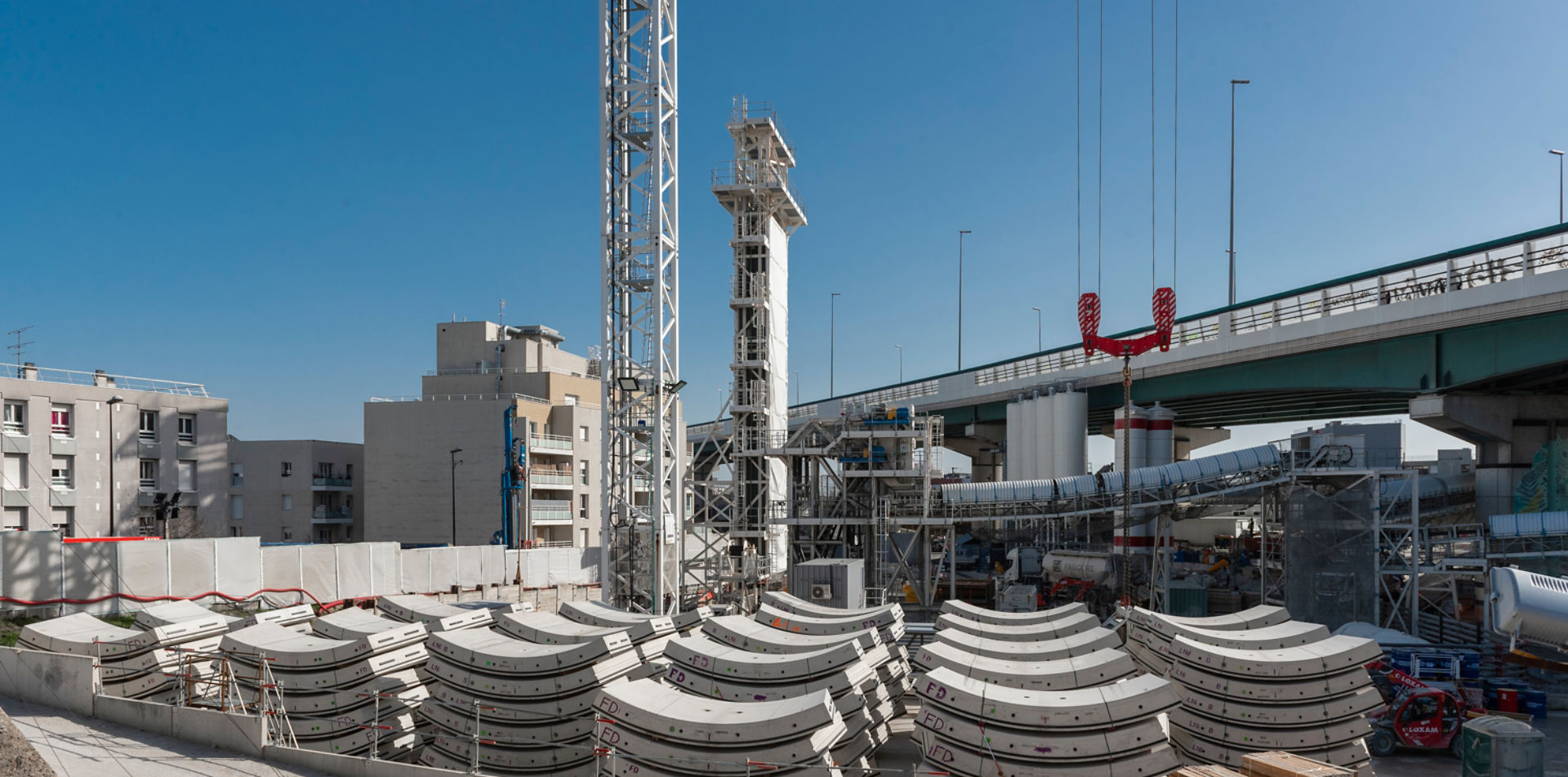
Download
Please provide the following details :
This field is required
This field is required
Please enter valid email (e.g. johnsmith@domain.com)

Please provide the following details :
This field is required
This field is required
Please enter valid email (e.g. johnsmith@domain.com)
Concrete has long been the backbone of infrastructure, but its limitations in tensile strength and brittleness have driven innovation. In Australia, high-performance steel fiber reinforced concrete (SFRC) is reshaping tunnel construction—delivering enhanced structural performance, sustainability, and cost-efficiency.
Traditional tunnel linings rely on steel bars or mesh, requiring complex installation and limiting design flexibility. SFRC introduces a composite material where steel fibers are uniformly distributed throughout the concrete mix, forming a three-dimensional reinforcement network that:
Advanced fiber types such as Dramix® 4D 80/60 BGP, with tensile strengths up to 2200 MPa, represent a leap forward in fiber technology—offering improved pull-out resistance and crack control at both service and ultimate limit states.
Sydney’s WestConnex project pioneered the use of high-performance steel fibers in sprayed concrete linings. Key outcomes included:
These results were validated through large-scale field testing, where hydraulic pressure bags loaded shotcrete panels to failure. The tests confirmed the presence of compressive membrane action (CMA), a mechanism often overlooked in conventional linear-elastic design.
In deep tunnel sections of the Sydney Metro, segment joints faced axial forces up to 4000 kN/m with 30 mm eccentricity. The design team employed:
The analysis revealed that traditional elastic methods underestimated joint capacity by 4–5×. Testing confirmed that fiber-reinforced joints could withstand extreme loads without bursting or splitting failures, enabling a 15% reduction in segment thickness.
The Australian experience demonstrates that high-performance SFRC can:
As fiber technology continues to evolve, we are seeing:
By integrating advanced modelling techniques and rigorous testing, engineers can unlock the full potential of SFRC—delivering safer, more sustainable, and resilient infrastructure solutions.